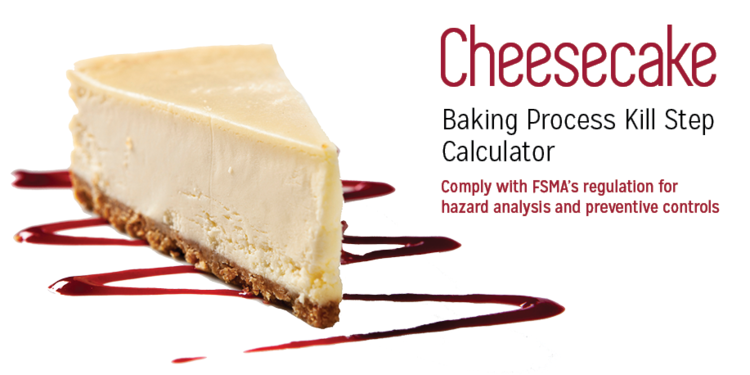Q&A: The Importance of a Kill Step Validation
Question: I recently joined a QA team and was assigned to complete the validation of our thermally processed kill step. What is kill step validation and why do we need it?
Answer: Validation is a scientific evaluation, providing documentary evidence that a particular process is capable of consistently delivering a product, meeting its pre-determined performance standards or specifications. That is, it’s a collection of scientific evidence or proof. Scientific validation is the only way to confirm that a process is consistently delivering a desired lethal effect to ensure the destruction of pathogenic microorganisms.
Although most food products undergo a supposed kill step at the point of production, the process often lacks scientific documentary evidence or proof of effectiveness. Since 2011, FSMA has required validation and verification of a kill step. The owner, agent, or manufacturer must validate that the preventive controls that are identified and implemented are adequate to control the hazard as appropriate to the nature of the preventive control and its role in the facility’s food safety system.
FSMA gives FDA the power to scientifically evaluate the food safety programs and preventive controls in a food facility. FSMA requires that a facility validate all preventive controls that are process steps and critical for food safety. The three key requirements are to validate preventive controls, provide scientific evidence, and keep documents or records accessible for FDA inspection.
FSMA also specifies that validation be performed or supervised by a Preventive Controls Qualified Individual (PCQI) and every line and product be validated.
All FDA-registered food manufacturing facilities must comply with this rule. You must validate prior to the implementation of the Food Safety Plan or within 90 days after the first production begins. Very small companies (less than $1 million in annual sales) must comply by September 19, 2018. Small (fewer than 500 employees) and large (more than 500 employees) companies were to have complied by September 18, 2017, and September 17, 2016, respectively.
Options to prove validation include:
- Prove validation through closely related peer-reviewed scientific publications.
- Provide evidence from a microbiological challenge study by mimicking the process. This can be done using a pathogen of concern in a third-party containment laboratory by a qualified microbiologist and/or by conducting an in-plant validation study using an approved surrogate.
- Use a product-specific mathematical model, such as AIB’s Baking Process Kill Step Calculators.
A successful validation study requires diverse expertise, detailed design, an experienced microbiologist, a statistician, a containment facility for pathogens, and a keen eye for sources of process variability. A kill step validation study should be designed and tested for “worst-case conditions” such as lowest oven temperature, fastest belt speed, lowest zone temperature, coldest spot possible, shortest time exposed, maximum load per batch, lowest concentration, lowest and highest relative humidity, lowest moisture content, highest fat content, etc.
The first step in a microbial challenge study is to select the right surrogate or bacterial pathogen. If you plan to conduct an in-plant study, choose an approved surrogate bacterium that has characteristics similar to the pathogen of concern. A surrogate of equal or greater resistance compared to a pathogen of concern (e.g., Salmonella) can be used, provided a scientifically reliable correlation has been established for comparison. It is more practical and convenient to choose a surrogate for validation studies, due to ease of enumeration, and for determining the proper treatment options to achieve food safety. The microbiologist working with you on the project can help identify the appropriate surrogates.

Sufficient care should be taken when using surrogates during in-plant validation, as organisms can have adverse sanitary or regulatory implications, should they survive, and may contaminate the plant environment. If you plan to use a cocktail (two or more pathogens or surrogate strains together), you need to test for antagonistic effects before use.
According to FSMA, the reanalysis of the Food Safety Plan must be conducted at least every three years or as directed by a HACCP reassessment by a qualified PCQI or by a food safety microbiology expert. Additionally, for any significant change in the process parameters or ingredients, or for a new pathogen, a kill step should be revalidated after a thorough literature review.
Verification is the application of methods/tests and other evaluations, in addition to monitoring, to determine whether a control measure is operating as per the plan. Simply, are the preventive controls being properly implemented in a way that controls the identified hazard? The frequency of verification depends on microbial risk analysis.
The success of any validation study depends on the HACCP plan, GMPs, sanitation program, employee hygiene practices, pest control program, and good hygiene post-process handling procedures. It is important to conduct process validation after ensuring that these controls are established in a facility.


